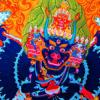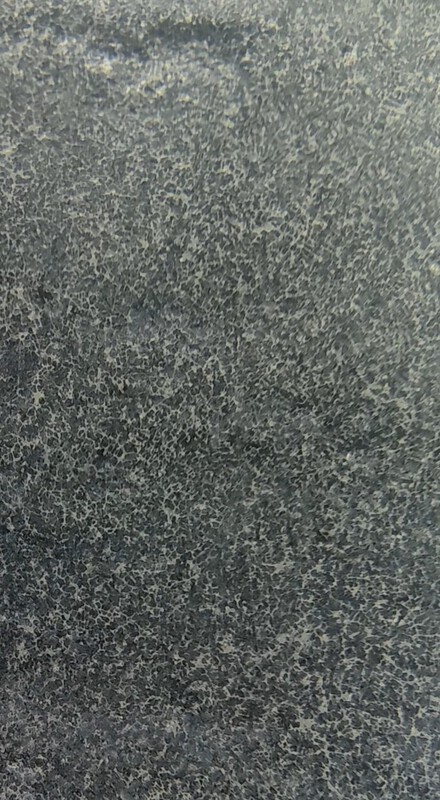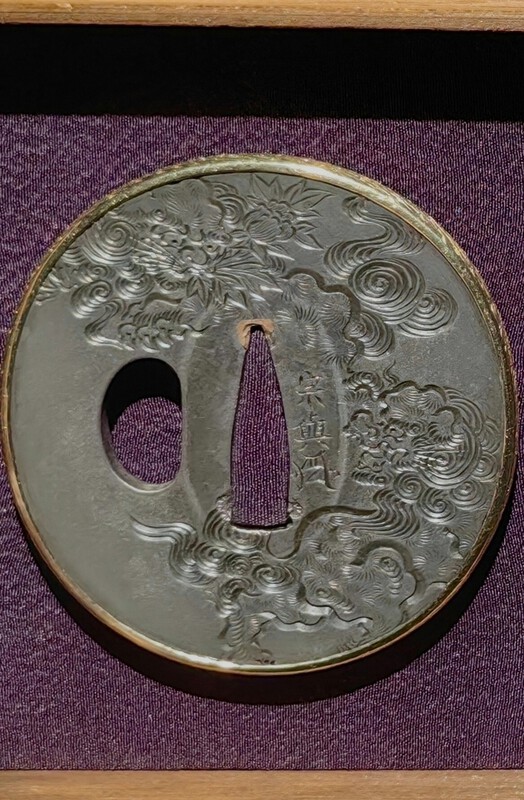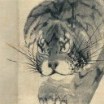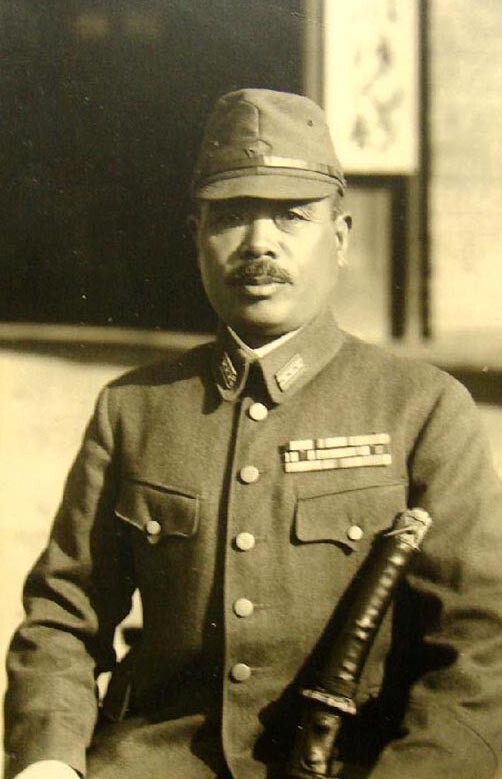Leaderboard
Popular Content
Showing content with the highest reputation on 11/18/2023 in all areas
-
I would have thought my implication was obvious. Here we have two tsuba purporting to from the hands of the father of the machi-bori and his son. A pretty big deal. Yet they have no papers and have evidently been completely repatinated, or the patina is relatively fresh, hence the very clear nashiji. This ought to give cause for hesitation. This is a beautiful illustration of very clear nashiji. The appearance of a fine silver network surrounding the copper matrix. And while, yes, I do on occasion have to resort to a complete repolish and repatination it's really important to try and achieve a suitably aged and mellow appearance in the final result so that while the work is 'restored' it never the less retains a sense of its age. As for trying to understand the qualities of kata-kiri perhaps that's only truly possible if one practices it oneself. This is a little utsushi I did about 30 years ago, it's the same size as the original version, ie; much smaller than this image. The composition may be familiar to some, a bit ambitious for a first attempt perhaps. 😜 But in any case, I was asked for my opinion. I took the time to offer some very carefully considered observations. Do with it what you will. I honestly have no interest in what anyone choses to believe in these matters. After all, as the saying goes; "beauty is in the eye of the beholder". 😎9 points
-
Thank you for your valuable input Ford. Myself and many others appreciate it and the time you take to give it.5 points
-
4 points
-
A kanji carved on the gun stock is 龜 (turtle). In Japan, turtles are considered auspicious animals.3 points
-
The British Museum has done most of the hard work Title of the print is "Genpei Eiyu Kurabe" (written down the far left side of the print). It means "Comparison of the Heroes of the Genpei War". It's a series of prints feature legendary heroes. Next to that is "Kajiwara Genta Kagesue", which is the name of the hero in this picture - the one on the left. The other bits are explained on the page below https://www.britishm...t/A_1906-1220-0-13523 points
-
I've hesitated to comment as I'm feeling a bit uneasy about these two pieces. There's a great deal to say that can be argued indefinitely but what I will say at this stage and that I feel is objectively correct is ; Given the apparent age of the works, referencing the lives of the alleged makers, the shibuichi is perfectly clean, with not even a trace of aged patina or other dirt, grime old oxidised wax etc. The 'nashiji' grain appears as clear as though it was patinated yesterday. There's a lighter halo around the seppa-dai. What this tells me is those lighter patches had suffered heavier oxidation/corrosion than the rest of the plate. The whole plate was then subsequently completely re-polished to redo the patina. Any area that had suffered excessive oxidation etc. and had not been adequately prepared will now patinate lighter because the alloy on the surface at those areas is now silver rich and copper depleted. It's always the less 'noble' metal that is sacrificed in these sort of corrosion effects. So in my opinion this is a new patina and the whole tsuba have been lightly re-surfaced/polished. It is possible that they have merely been a little heavy handidly over-cleaned but I see a few other blemishes that all point towards more towards a, less than expert, refinish rather then over-clean. I'm a little bothered by the excessive encroachment of the chiselling onto the seppa-dai areas. On the whole the designs are all fairly convincing and essentially straight out of the Yokoya design book, so to speak. You can easily find identical examples in the existing documented works. Looking closely at the actual cutting though I can't silence a niggling hesitation in my mind. Kata-kiri work is by it's very nature meant to be bold and expressive. A strained attention to super accuracy is not to be expected nor probably desired. But what we would expect is a degree of fluency and compositional integrity. It's a bit like a fine drawing by a noted artist compared to a careful traced copy of the same. Like a good drawing good kata-kiri ought to exhibit a sensitive and dynamic relationship and interplay between every single cut or mark. And in that vein each and every cut ought to be alive and expressive in terms of its shape. How does it being there add to the work? There's so much to say and discuss but it's late here so I'll leave it at that for now. It3 points
-
2 points
-
lol i clicked on the link now and it works! It seems the site returns to life.2 points
-
The information is still accessible. https://web.archive....http://sho-shin.com/2 points
-
Unfortunately, I do not have any pictures of it, but many years back I had a nice type 98 Shin-Gunto, made by Asano Kanezane, with the silver mon of the Sakai family on the kabuto gane. The sword also had its leather combat cover on the saya, and this had the Sakai mon neatly tooled into the leather between the ashi and the koiguchi,and coloured red. I had a couple of swords by Kanezane, and this one I think was not actually by him, but made by a member of his workshop and bore his name. I believe that was not unusual with kanezane's workshop. Great thread, and thank you for all who have contributed. It has been a fascinating read!2 points
-
Thank you alot Chris, for your kind words 🙏. I enjoyed quite lot of @Ford Hallam researching documents and understand why he concerned about the patina on pieces very much. It's such a pain if there's any unprofessional treatment on good pieces, it could end up with misunderstanding and insensitivity on intending creation of the maker originally. I'm very appreciate that. One strange thing i noticed on the SOMIN mei one is that there are alot of lines were finished with 2 different cuts, we can see it very clearly. And they were created very carefully and masterly, then shown up very intentionally. I wonder if this is normal or not, since this is the first time i have seen one katakiri bori practicing like that. Is that what Ford mentioned in the comment?2 points
-
2 points
-
2 points
-
This is the correct orientation The big letters across the top read 武運長久 (būun chōkyū), which is basically "good luck in battle". The letters that go vertical down the right side are the recipient's name 贈 関口利夫君 Sekiguchi Toshio (not sure about Toshio). Sekiguchi is the family name. The rest are names and patriotic slogans. The flag was presented to Mr. Sekiguchi by his workmates at the company for which he worked. I can't quite read the name of the company. Some steel company, it looks like.2 points
-
2 points
-
2 points
-
1 point
-
Hello Collectors! I am very excited to announce to the nihonto collecting community that myself and Eric Molinier have just recently relaunched the site www.owazamono.com!! We are starting with a nice selection of fine swords and tsuba culled from our personal collections. There is a little something for everyone. We hope you will drop in and take a look around the site and let us know what you think. Feel free to message us through the site or PM me, especially if you see something that might fit well in your own collection. Cheers, Matt www.owazamono.com1 point
-
There are several nice items on the site. I am liking especially this one: https://www.owazamon...-tanto-with-koshirae The Tsuneie wakizashi was actually the kantei item of Tōken Bijutsu magazine 267, and was also featured in the kantei session of magazine 426. I think in overall this is a splendid package, signed, dated, papered, sayagaki, in publication, and also with koshirae.1 point
-
I think it's trying to be Myochin 明珍 , although the 'chin' seems to be missing a portion for some reason1 point
-
Uh, several members specifically asked for Ford’s opinion and those who wish to learn, learned something that was not obvious, particularly to non-practitioners of the craft. If you want comments like “ cool”, perhaps the Nihonto Fittings website would be more appropriate for you.1 point
-
1 point
-
Love New Orleans! Been a more than few years since I was down there, but used to go regularly. Jealous, but at least I get to go to Vegas.1 point
-
1 point
-
1 point
-
1 point
-
1 point
-
Bill T had one like that at a recent show, Yokoyama Sukenaga, signed and dated I could only see the good half and didn't know it was cut. Imagine my disappointment when he pulled it out of the display case Wartime bring back broken by MPs Still, what was there was very nice, choji, if i remember correctly.1 point
-
Masamune, Jonas, but it looks faked.1 point
-
Hi Bill, I think you need to contact the koshirae lacquerer Mike Hickman-Smith. He should be able to advise you at the very least.1 point
-
1 point
-
1 point
-
1 point
-
@Bruce Pennington This Blade #160869 might be transferred to Nagoya Arsenal for completion or repurposed and sent to Nagoya Arsenal for rework. Initially, it was expected to have an Ijima band and iron tsuba. The last batch produced by Ijima spanned from serial number 159031 to 161752. Around serial number 160075, they transitioned to using steel guards. Ijima halted production in March 1945 due to B-29 bombings.1 point
-
Proverb A good stonemason makes deep cuts, not cuts. I like the other more Christian. That tsuba hits not my taste. Your own taste decides what you like and what you spend your money on, not the opinion of others who say what you should like.1 point
-
1 point
-
1 point
-
1 point
-
Of course, that must be it! Found another example online: https://www.1stdibs....ishes/id-f_10942281/ I don't think mine's in the same age/value bracket though...... Many thanks, Charles. Regards, Roy1 point
-
1 point
-
1 point
-
Ah, that’s much better. Thank you. Sadly someone has filed away both the rust and the smith Mei at the same time. There was a continuing house line of 20 Kyūbei smiths at Kunitomo until the Bakumatsu end of the Tokugawa dynasty. (The founder was just Kyūbei with no further name, at the beginning of the Edo period, but your gun looks like one of his descendants, as the name is longer. The style of your pan lid suggests mid to late Edo.)1 point
-
1 point
-
1 point
-
1 point
-
Basically, GURI BORI technique uses the same materials and crafts: https://www.mokumegane.org/e/guribori.html1 point
-
1 point
-
Friday is a good day for some eye candy - I've been editing some pics of a recent acquisition while trying to whittle away what's left of the work week and figured I'd share them here. Ko-Bizen Mizusashi, 19 x 12.5cm, Momoyama period - late 16th/early 17th C. A tour de force of both the style and vessel type, this piece radiates the beauty of imperfect forms and natural textures that was prized during the period. 👺🙏🔥1 point
-
1 point
-
1 point
This leaderboard is set to Johannesburg/GMT+02:00





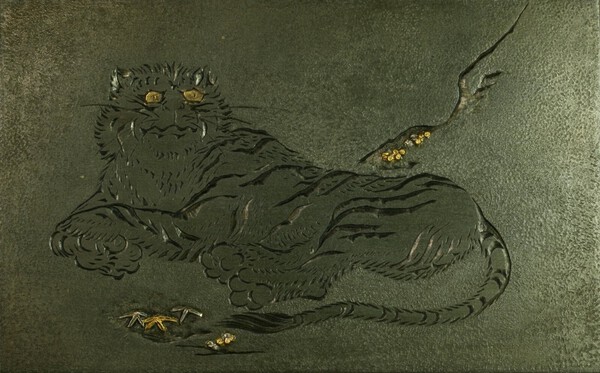
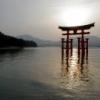
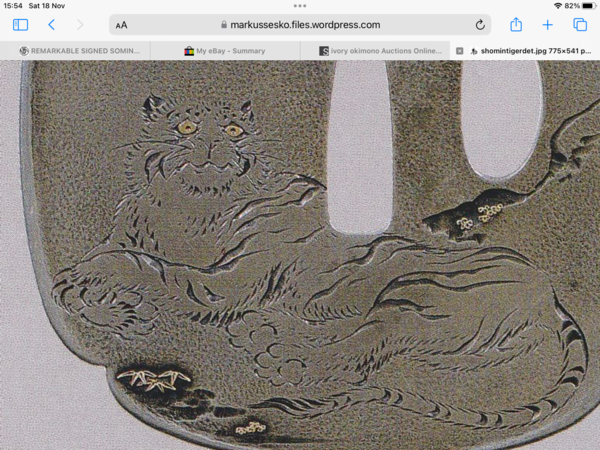



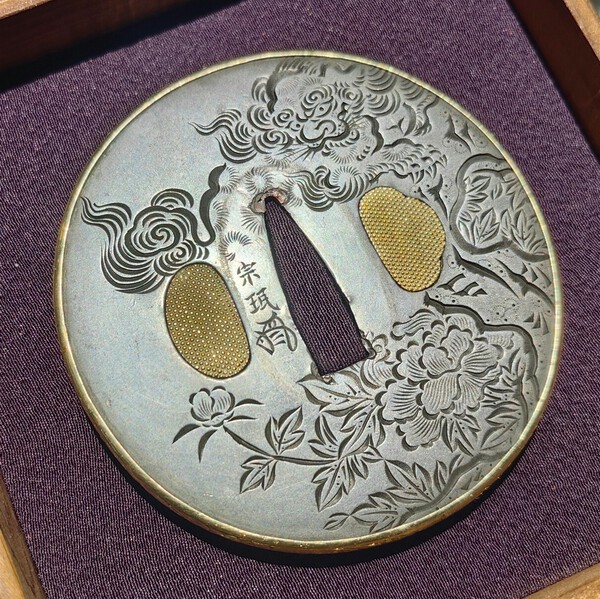
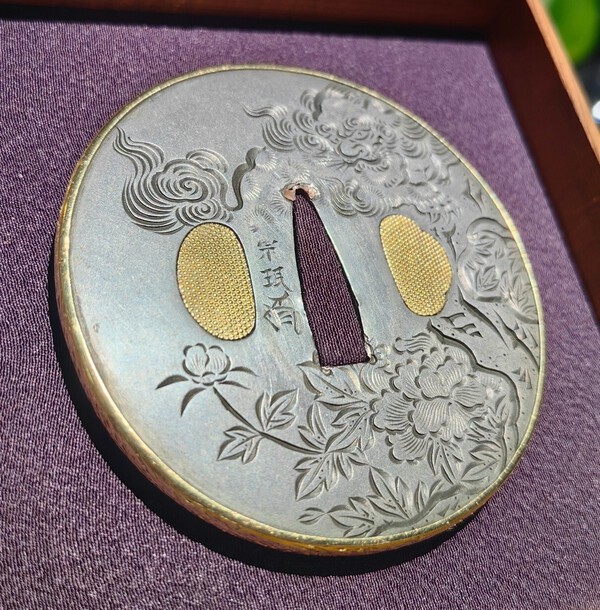
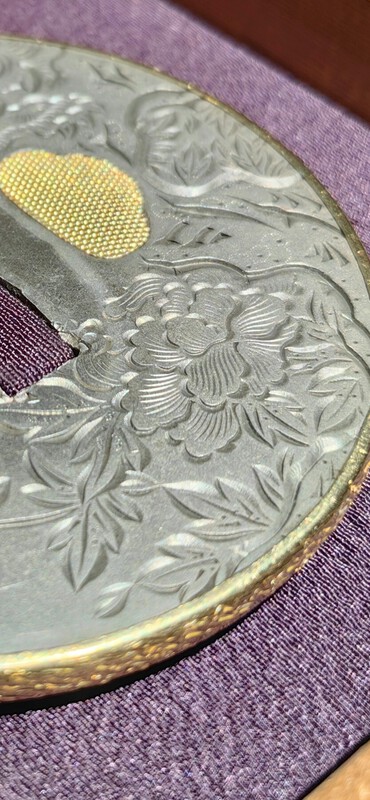

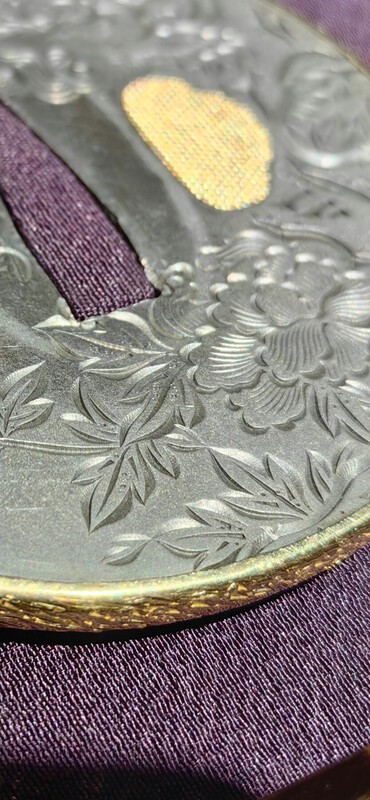


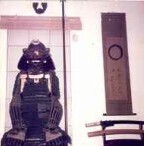
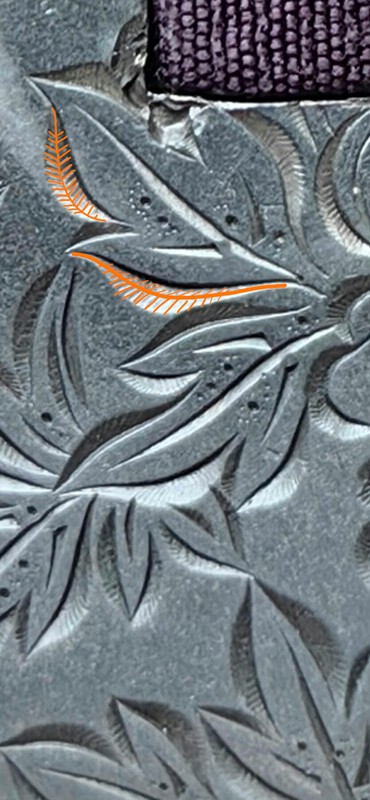


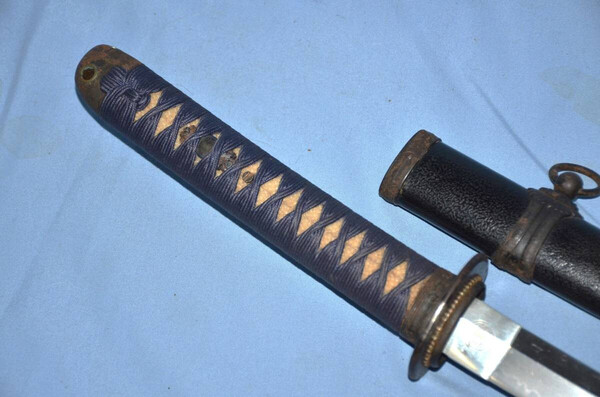




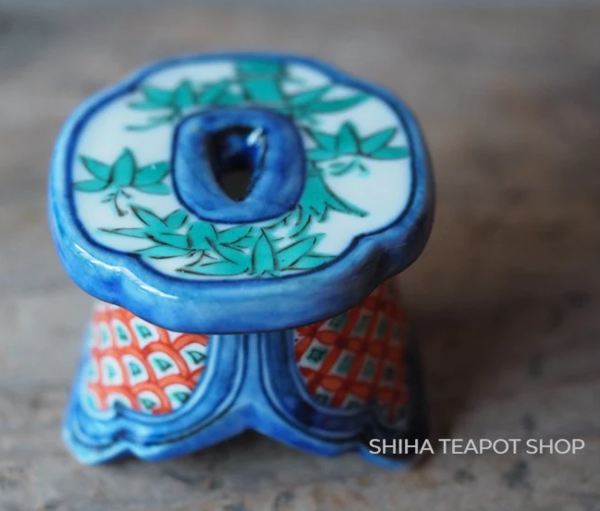

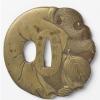




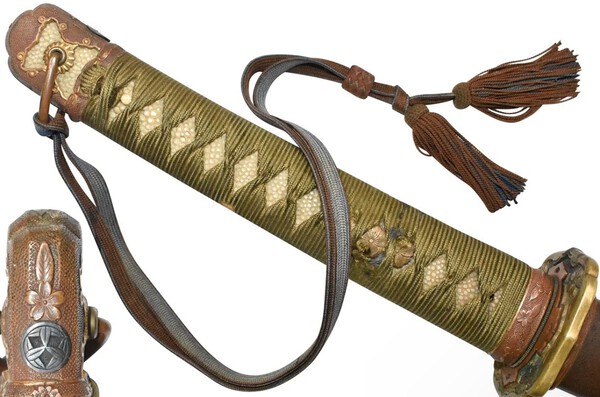
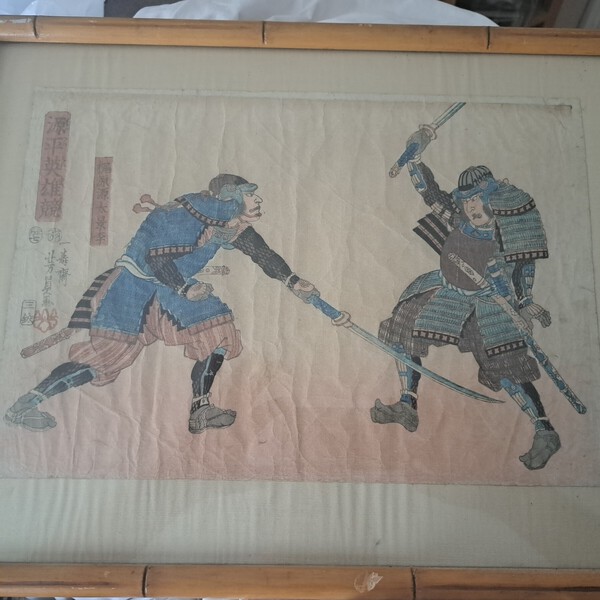
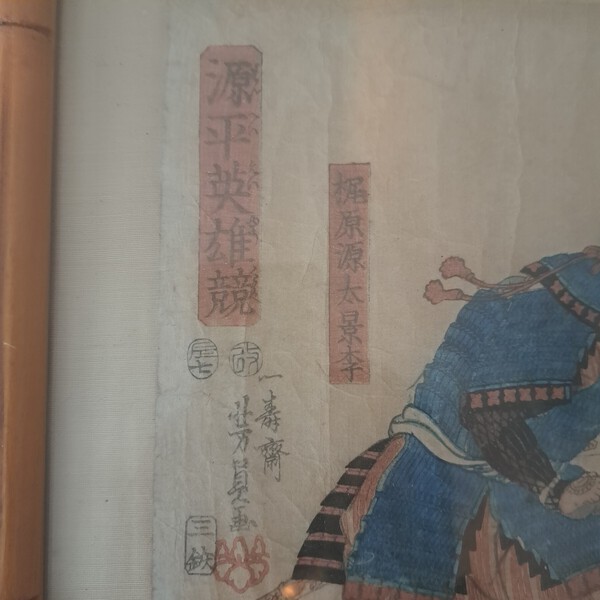





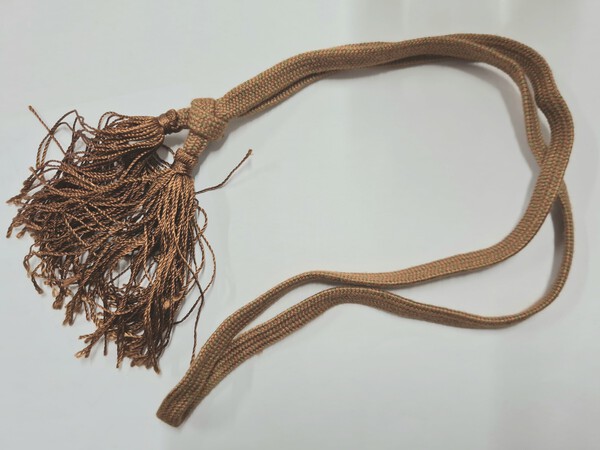
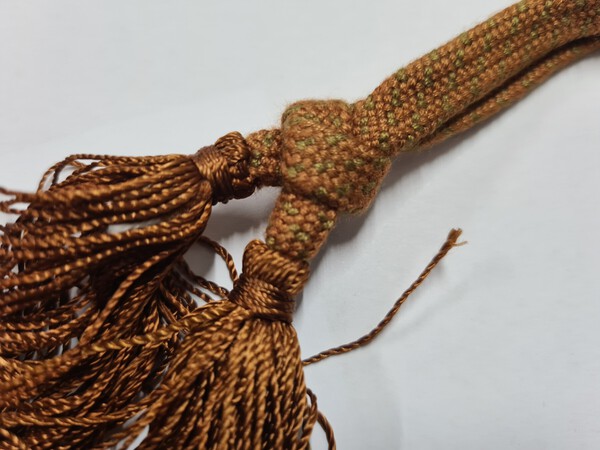
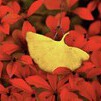


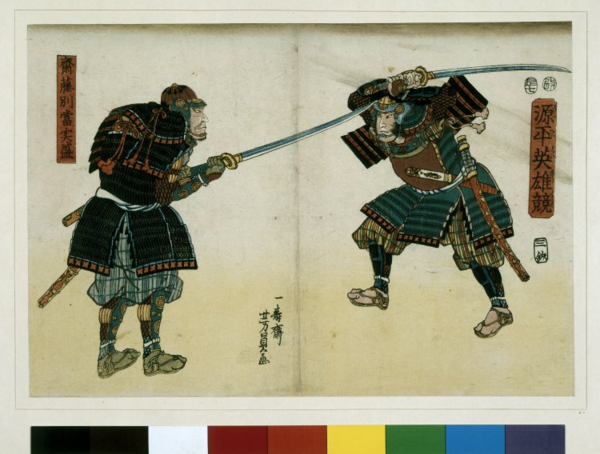
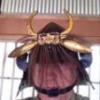
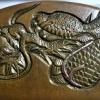
.thumb.jpg.bc10b59027a00aa142dce0349f3ba9e0.jpg)



